Dallas
214-456-2793
Fax: 214-456-5885
Plano
214-456-2793
Fax: 214-456-5885
214-456-2793
Fax: 214-456-5885
214-456-2793
Fax: 214-456-5885
Parasomnias are disorders that disrupt sleep. Parasomnias are far more common in children than in adults. Most of the time parasomnias only happen occasionally and are nothing to worry about.
If your child has frequent parasomnias—or they are negatively impacting his waking life—it may be time to see a doctor.
Everyone has nightmares sometimes. These vivid, scary dreams are especially common for kids, who often have trouble falling back asleep after waking from one. They are a normal part of childhood development that may begin as early as 18 months of age.
Sleepwalking, or somnambulism, most often occurs in children between the ages of 5 and 12. Aside from nightmares, it is the most well known of the parasomnias. It is more common in boys and usually goes away by adolescence. Contrary to popular belief, it's not dangerous to wake a sleepwalker.
Sleep talking, or somniloquy, is a parasomnia in which a child talks during sleep. Like sleepwalking, sleep talking affects more boys than girls. As with the other parasomnias, sleep talking usually doesn't usually last long and often goes away by the early teen years.
Sleep terrors, also known as night terrors, are perhaps the most frightening of the parasomnias. Children with sleep terrors may sweat, scream or sit up in bed during an episode. Sleep terrors are not nightmares. Instead, unlike nightmares, which occur during REM sleep, sleep terrors happen during non-REM sleep. A child waking from a sleep terror usually can't remember why he was afraid. Sleep terrors may last for up to 20 minutes. Fortunately, they are rare and only affect between 1 and 6% of children.
Your child's doctor may order a sleep study (polysomnography) as well. During a sleep study, your child will stay overnight in a sleep lab. Doctors will use sensors and cameras to track your child's brain waves, heartbeat and eye movements, among other things.
Parasomnias may be genetic, as they often run in families. Some parasomnias can be the result of a brain disorder or caused by other sleep disorders, including sleep apnea or certain medications.
Most of the time, kids with parasomnias don't need any treatment at all. Scheduling a regular bedtime routine or managing your child’s stress can help. Parasomnias usually diminish over time and are rarely a problem by adolescence.
For some kids, the parasomnia is so disruptive to their lives or the operation of the family, certain treatments may help. The treatment will depend on the type and severity of your child's parasomnia.
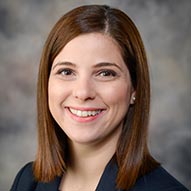
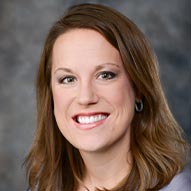

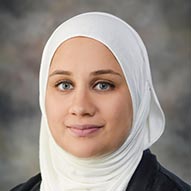


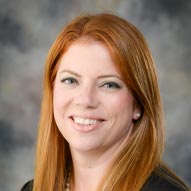
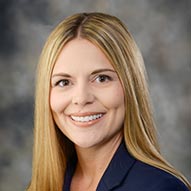
Nearly all kids have a parasomnia, especially during early childhood. Most parasomnias go away as a child ages, usually disappearing almost completely by adolescence.
Most parasomnias are obvious. If your child walks or talks in his sleep, he has a parasomnia. Your child will usually let you know if she has had a nightmare. Kids with sleep terrors may bolt upright in bed, eyes wide, screaming and sweating. Because of its symptoms, sleep terrors are probably the most unsettling parasomnia—especially for parents. Children with sleep terrors rarely remember what frightened them.
Nearly all children outgrow their particular parasomnia. Even kids with severe parasomnias usually go on to lead healthy lives.
No, it’s perfectly safe to wake your child and lead her back to bed. Make sure you remove anything that can be dangerous from underfoot or near the bed, though.